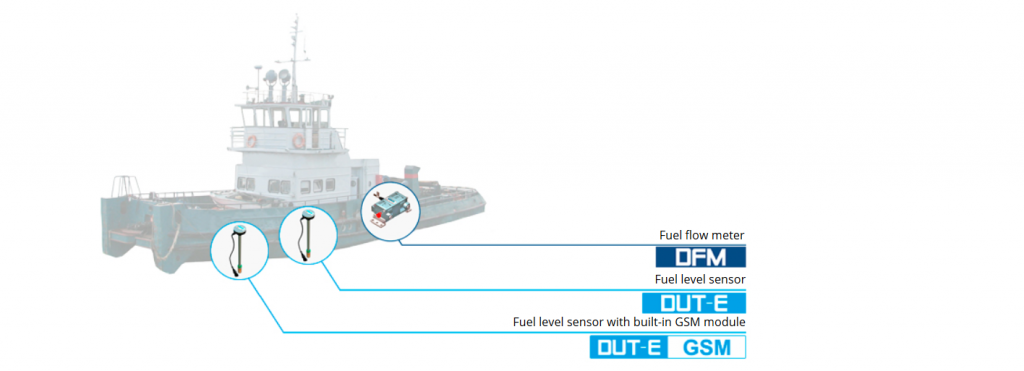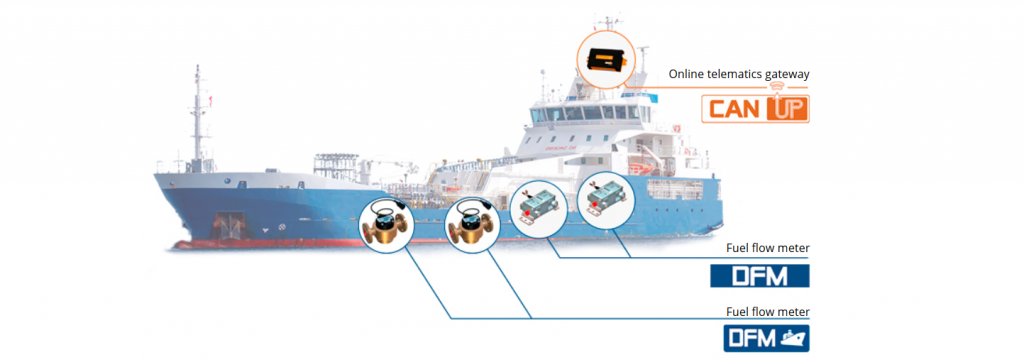GOAL AND OBJECTIVES
Fuel consumption monitoring and GPS location tracking of sea or river vessels (ships, boats, dredges) allows shipowners and ship operators to reduce operation costs by minimizing idling time of fleet, preventing fuel theft and improving crew discipline.
Siliconfusion’s telematics system for sea and river watercrafts is based on accurate tools for fuel consumption measurement – DFM and DFM Marine fuel flow meters that are mounted in fuel line of main engine, auxiliary engines, diesel generators and boilers/heaters. It can also include DUT-E fuel level sensors, which are installed in fuel tanks, and MasterCAN DAC i/o modules for gathering signals from standard analog sensors of a ship/boat. Vessel telematics system provide precise information on vessel’s position, real fuel consumption, engine operation hours in different work modes (idle, optimal, overload), possible fuel draining from tank and other necessary operation parameters. Information is gathered and analyzed by CANUp telematics gateway and sent to the web-based ORF4 telematics service, where it can be displayed on virtual dashboard and as tables and charts.
Monitored parameters
- fuel level in tank;
- hourly fuel consumption;
- total fuel consumption, L;
- fuel temperature;
- total fuel consumption in “Idling” “Optimal” and “Overload” mode of engine operation;
- total fuel consumption in “Negative” mode of flow meter operation (return exceeds supply).
- Moment hours (operating time);
- total operating time in “Idling”, “Optimal” and “Overload” engine operation mode;
- coolant temperature;
- engine oil pressure;
- current engine operation mode as per fuel consumption rate
- operating time of Supply and Return chambers in each mode of engine operation
- Events «on/off power supply», “Tampering”, “Interference” modes
- engine operating time in “Tampering”, “Interference” mode, h
- current engine operation mode as per fuel consumption rate
- vessel location
- data from standard and additional analog sensors (via digital-to-analog converter MasterCAN DAC2113)
Technical options
![]() Route, course and speed monitoring
Route, course and speed monitoring
![]() Monitoring of hourly and total fuel consumption of each engine consuming fuel
Monitoring of hourly and total fuel consumption of each engine consuming fuel
![]() Distinguishing fuel consumption in different work modes – idle, optimal, overload
Distinguishing fuel consumption in different work modes – idle, optimal, overload
![]() Notification on important events in real time via ORF4 telematics service, by e-mail or SMS
Notification on important events in real time via ORF4 telematics service, by e-mail or SMS
![]() Post-trip analysis: distance, idle time, fuel consumption per trip, compliance with schedule, etc.
Post-trip analysis: distance, idle time, fuel consumption per trip, compliance with schedule, etc.
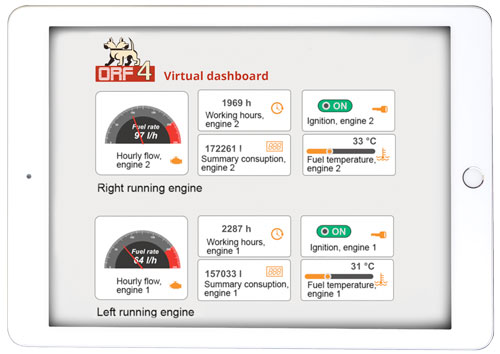
USAGE CASES
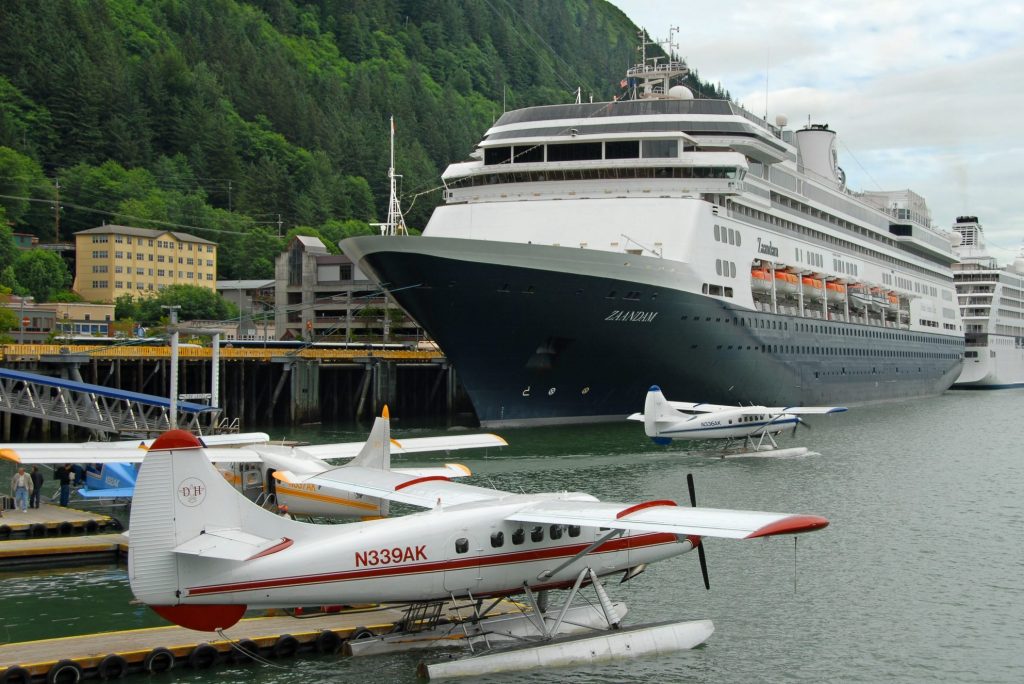
Ventspils port, Latvia
Task: monitoring of fuel consumption and prevention of manipulations with fuel.
Solution: DFM 250 AK fuel flow meters for gensets and DFM 250 DK for engines
Result: ~60% decrease of fuel consumption within first 2 weeks of operation.
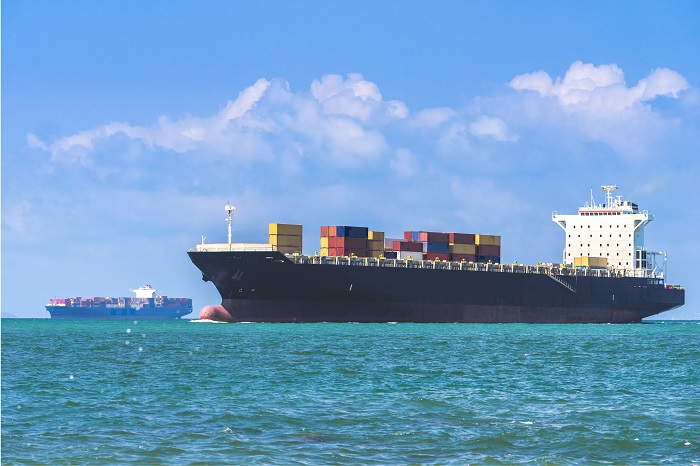
Transmet, Russia
Task: fuel consumption monitoring of river vessels and optimization of routes.
Solution: DFM 250CCAN fuel flow meters are installed into fuel supply line of engine. DFM 100CCAN fuel flow meters are installed into fuel supply line of diesel generators and boiler.
Result: reduction of fuel costs (real consumption per hour appeared to be 100 L lower, than normative value)
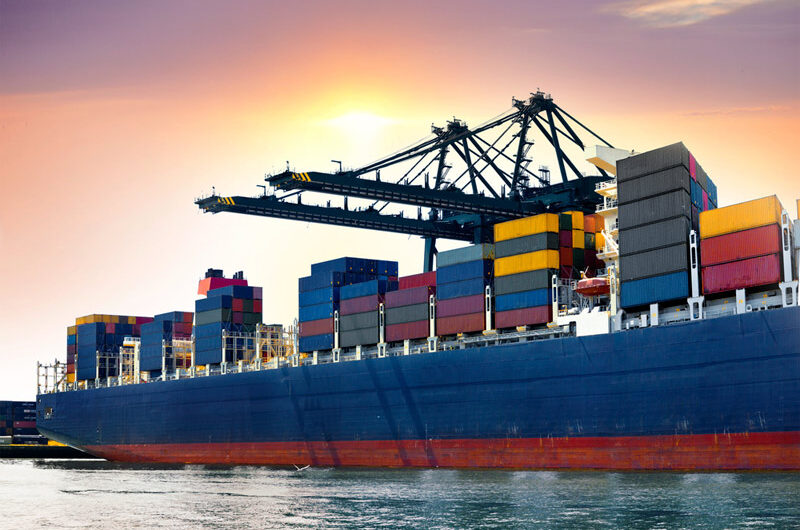
Large logistics companies
Task: fuel consumption monitoring of sea vessels, composition of efficient fleet monitoring system for multimodal transportation.
Solution: DFM Marine fuel flow meters are installed into fuel supply line of engine. DFM 250CCAN and DFM 100CCAN fuel flow meters are installed into fuel supply line of diesel generators and auxiliary engines. Data can be additionally sent to dashboard.
Result: operation costs reduction up to 40%
